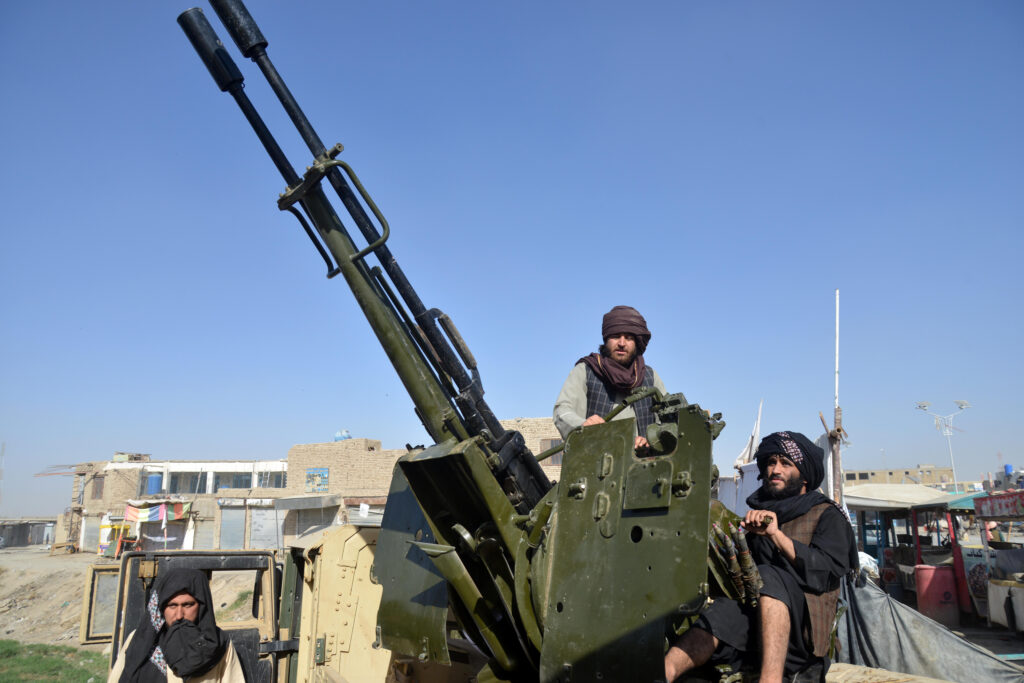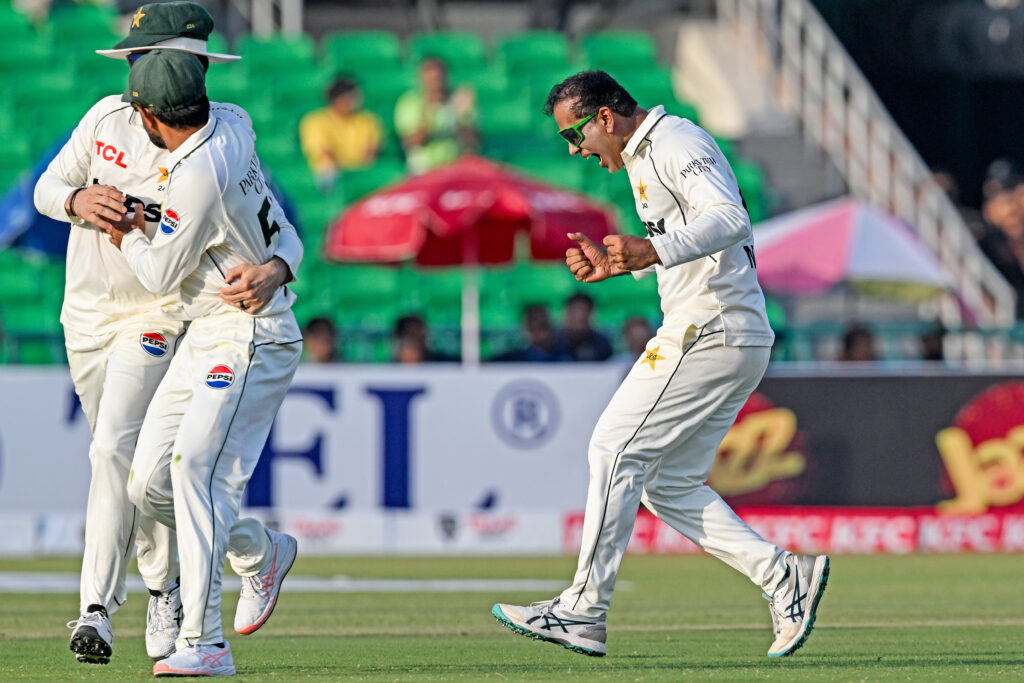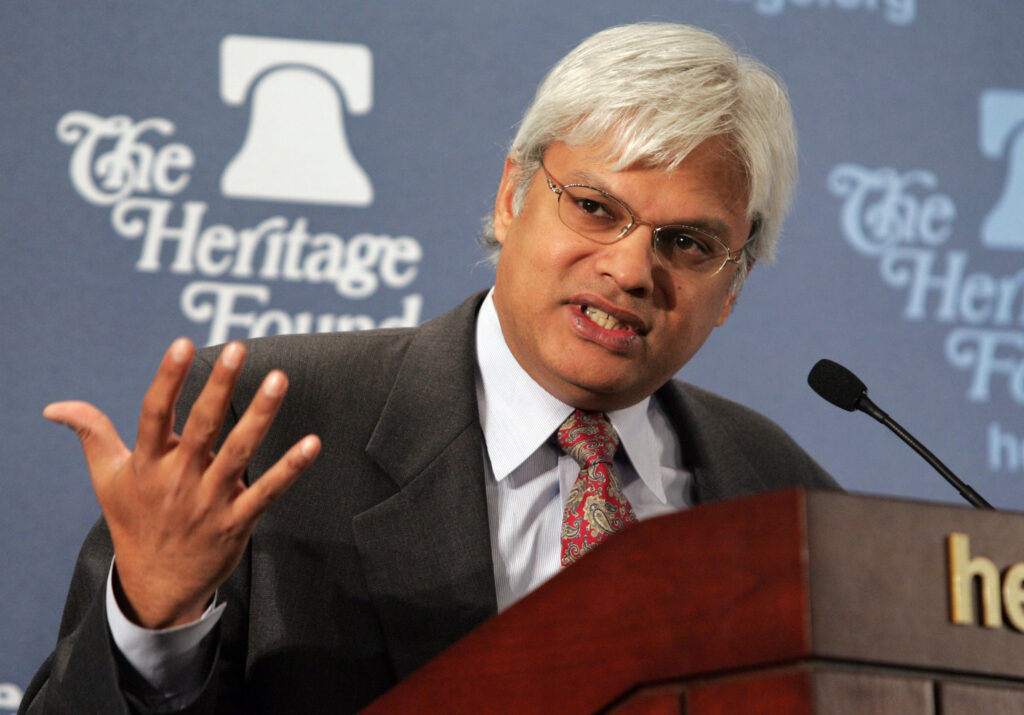New Pakistan-Afghanistan border clashes kill dozens, officials say
Dozens of troops and civilians were killed in a fresh round of border skirmishes between Pakistan and Afghanistan on Wednesday, officials on both sides of the frontier said, as clashes entered their second week.Violence between the two neighbours has flared since explosions in Afghanistan last week, including two in the capital Kabul, that were blamed on Pakistan.The Taliban government in Kabul launched an offensive along parts of its southern border in retaliation, prompting Islamabad to vow a strong response of its own.Islamabad has accused Afghanistan of harbouring militant groups led by the Pakistani Taliban Tehreek-e-Taliban (TTP) on its soil, a claim Kabul denies.In the latest violence, Pakistan’s military accused the Afghan Taliban of attacking two major border posts in the southwest and northwest.It said both assaults were repelled, with about 20 Taliban fighters killed in attacks launched near Spin Boldak on the Afghan side of the frontier in southern Kandahar province early on Wednesday.”Unfortunately the attack was orchestrated through divided villages in the area, with no regard for the civil population,” the military said in a statement.It also said about 30 more were thought to have been killed in overnight clashes along Pakistan’s northwest border.The Afghan Taliban said 15 civilians were killed and dozens wounded in the clashes near Spin Boldak and that “two to three” of its fighters were also killed.Ali Mohammad Haqmal, an Afghan spokesman for the information department in the Spin Boldak region, said civilians were killed by mortar fire.Taliban government spokesman Zabihullah Mujahid accused Pakistani forces of “once again” carrying out attacks “with light and heavy weapons” in the district.Mujahid said in a statement that 100 civilians were also wounded, adding that calm had returned to the area after Pakistani soldiers were killed and posts and weapons seized.The Pakistan military said these were “outrageous and blatant lies”.Pakistan did not give a toll for its losses in the latest clashes but said last week 23 of its troops had been killed in the opening skirmishes.- Surge in attacks -Sadiq, a resident of Spin Boldak who gave only his first name, said fighting broke out at around 4:00 am (2330 GMT Tuesday).”Houses were fired upon, including my cousin’s. His son and wife were killed, and four of his children were wounded,” he told AFP.All businesses in the area were closed and many residents have fled, an AFP correspondent reported.In Chaman on the Pakistani side of the border, one resident described the pre-dawn clashes as “total chaos”.”Our children and women were terrified and began screaming… we had no idea what was happening,” Raaz Muhammad, 51, told AFP by phone.In a separate incident to the border clashes, a senior security official in Peshawar in Pakistan’s northwestern Khyber Pakhtunkwha province said seven frontier troops had been killed in an attack on a checkpoint.The relatively new Ittehad-ul-Mujahideen armed group claimed responsibility for the attack.Pakistani Defence Minister Khawaja Muhammad Asif told parliament last week that several attempts to convince the Afghan Taliban to stop supporting the TTP had failed.Islamabad accuses the TTP — which was combat-trained in Afghanistan and claims to share the ideology of the Taliban there — of killing hundreds of Pakistani soldiers since the Taliban returned to power in Kabul in 2021.Last week’s explosions in Afghanistan took place while the Taliban’s top diplomat was making an unprecedented visit to Pakistan’s arch-rival India. No group has yet claimed responsibility for the blasts.Clashes erupted on Saturday evening when Kabul launched an operation in at least five provinces along the border.The Taliban government said it attacked Pakistani security forces in “retaliation for air strikes carried out by the Pakistani army on Kabul”.Islamabad then vowed a forceful response on Sunday, and dozens of casualties were reported on both sides.str-ash-mak-la-zz/pbt









